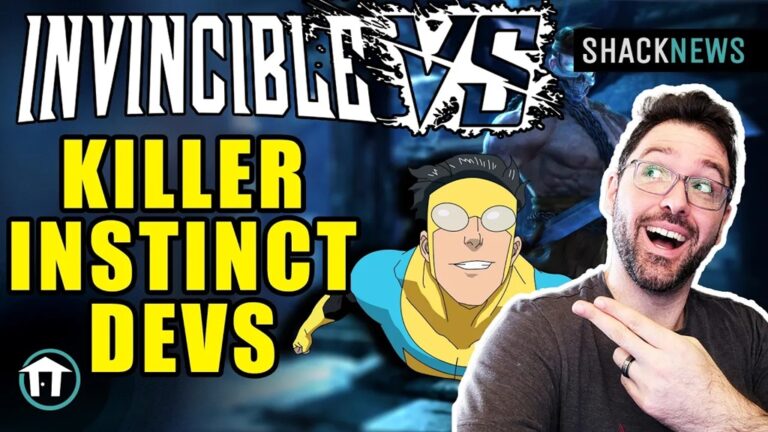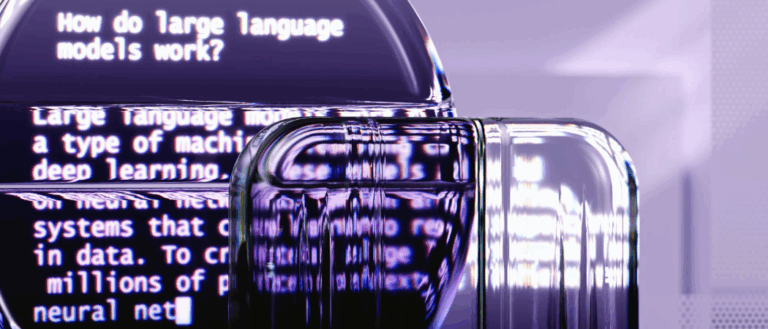
Over the next decade, the US economy will face two big challenges: higher interest rates and AI-generated disruption. Each invites the same solution: policies to keep rates below their market level. The strategy, also known as yield-curve control, is tempting, and it may even provide an immediate boost to the economy. But messing with rates would be a mistake.
Japan’s experience shows that the long-term costs of keeping rates artificially low far outweigh the short-term benefits.
It’s easy to see the hardship caused by higher interest rates. In the US, rates on long-term bonds (those that mature in 10 years or more) have trended up since the pandemic. This means consumers pay more for their debt and mortgages, businesses pay more for loans, and the government pays more to service its debt. A lot of the US economy is built around the historically low rates of the last several decades, so the longer rates stay high, the more disruption it will cause.
AI poses another challenge. Even in the best-case scenario—where artificial intelligence transforms the economy, making Americans richer and more productive—AI will still involve significant disruption. Some people will lose their jobs, and some jobs will never get created in the first place. Some businesses will fail or never get started.
Higher interest rates mean that firms barely hanging on will face a higher cost of capital to keep their businesses viable and their employees working. So the government will want to do whatever it can to bring down long-term interest rates.
Conventional monetary policy tends to influence short-term rates; longer-term rates, however, are set by the markets. And many market forces point to higher rates for longer.
The government can influence long-term rates through policies such as quantitative easing (QE), where the central bank buys long-term bonds. It can also lower rates by requiring pension funds or banks to buy lots of bonds. But this is a risky plan.
Japan offers a cautionary tale.
After facing a slowing economy following the boom years of the 1980s, Japan kept long-term interest rates low with a mix of financial repression and QE to keep its economy afloat. To some extent, this approach worked. Japan muddled through decades of low growth and high debt with a good standard of living, relative stability, and minimal job loss. It even became the poster child for why nations can run up as much debt as they’d like.
But there is a cost to keeping rates artificially low for too long.
Japan is full of what’s known as “zombie companies”—firms that aren’t profitable and don’t have a viable business model but can stay afloat with cheap debt. Eventually, when inflation returned and interest rates around the world increased, Japan had to let its rates rise too. Those zombie companies began going out of business, with many family-run firms declaring bankruptcy.
This process is sad and painful on a human level, and it hurts the broader economy as well. The zombie companies made Japan’s economy less efficient and slower-growing, leaving generations of Japanese working at unprofitable businesses.
It will be tempting for the US and Europe to engage in financial repression in the coming years, using various means to force interest rates lower. Not only will it make America’s addiction to debt seem manageable, but it will also help ease the transition to an AI economy.
Cheap debt will allow more zombie companies—which would normally be displaced by technology—to survive.
President Donald Trump’s administration has already hinted at the possibility. Trump certainly wants lower short-term rates, and Treasury Secretary Scott Bessent has been vocal about his desire to lower long-term rates too. How the administration might do so, however, is unclear—Bessent has also expressed skepticism about doing more QE.
He is right to be cautious.
If the Japanese experience isn’t an adequate warning, the US can look closer to home. Some of America’s current economic problems stem from past forays into yield-curve control.
The Federal Reserve’s QE during the pandemic is still causing problems in the housing market—it artificially lowered mortgage rates, which then went up when inflation returned. Meanwhile, the Treasury is losing money on its bond portfolio, and the bond market is experiencing dislocations as the Fed reduces its large post-pandemic balance sheet.
All this is the result of only a few years of trying to control the yield curve.
If yield-curve control becomes normal policy, expect worse distortions and more threats to the Fed’s independence. Japan’s policies, followed for decades, created thousands of zombie companies. The danger for the US is that financial repression, pursued on a large scale, would create a zombie economy.
—
*This column reflects the personal views of the author and does not necessarily reflect the opinion of the editorial board or Bloomberg LP and its owners.*
*Allison Schrager is a Bloomberg Opinion columnist covering economics. A senior fellow at the Manhattan Institute, she is author of “An Economist Walks Into a Brothel: And Other Unexpected Places to Understand Risk.”*
—
Stay informed and connected — subscribe to The Philadelphia Tribune NOW! [Click Here]
*Keep it Clean. Please avoid obscene, vulgar, lewd, racist or sexually-oriented language.*
*PLEASE TURN OFF YOUR CAPS LOCK.*
*Don’t Threaten. Threats of harming another person will not be tolerated.*
*Be Truthful. Don’t knowingly lie about anyone or anything.*
*Be Nice. No racism, sexism, or any sort of -ism that is degrading to another person.*
*Be Proactive. Use the ‘Report’ link on each comment to let us know of abusive posts.*
*Share with Us. We’d love to hear eyewitness accounts and the history behind an article.*
—
Misty Copeland broke barriers as the first Black female principal dancer with American Ballet Theatre. Now, through her nonprofit, she’s making dance more accessible for children of color.
https://www.phillytrib.com/commentary/a-zombie-economy-could-be-america-s-future/article_5850f42c-ce14-4329-8a71-edcc53382c01.html




